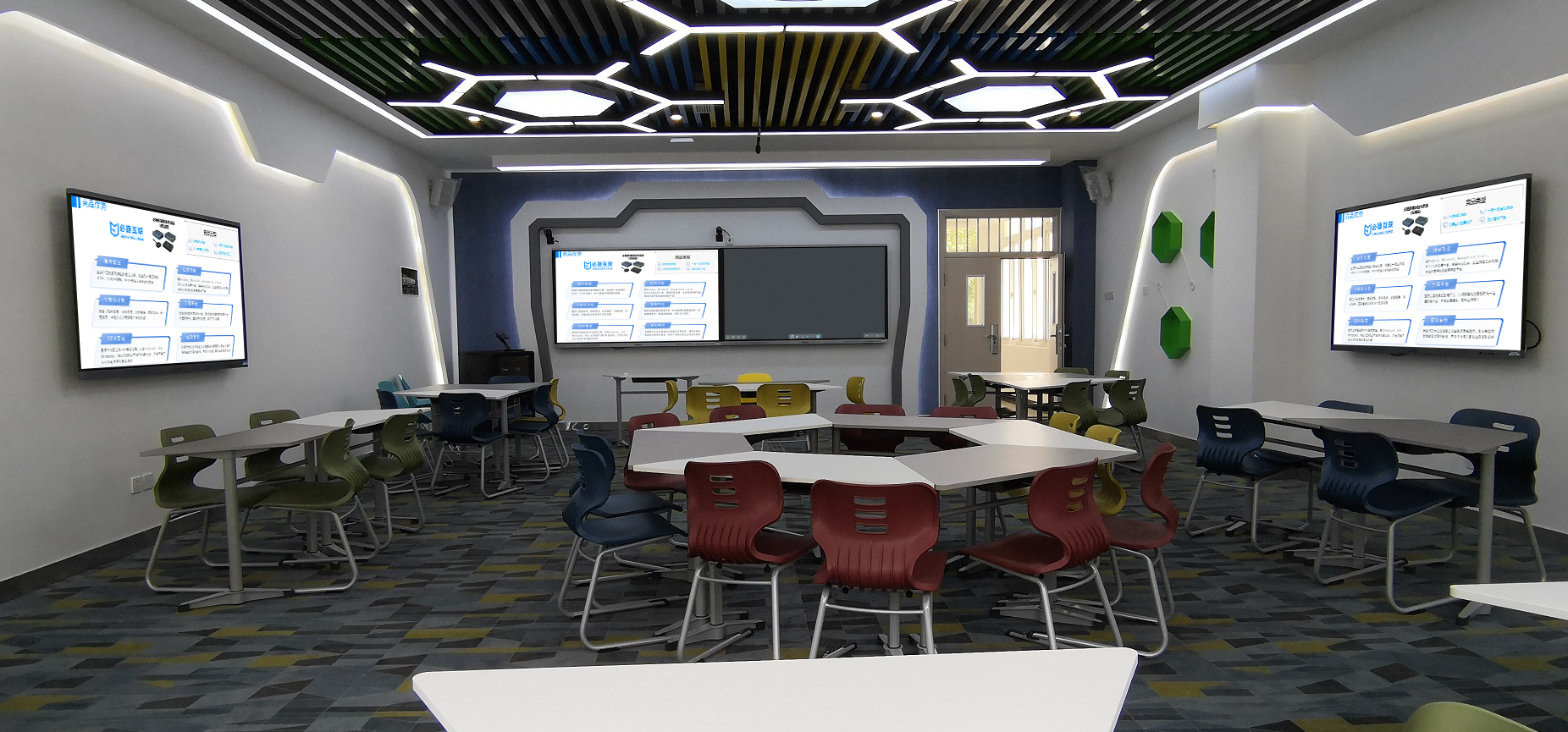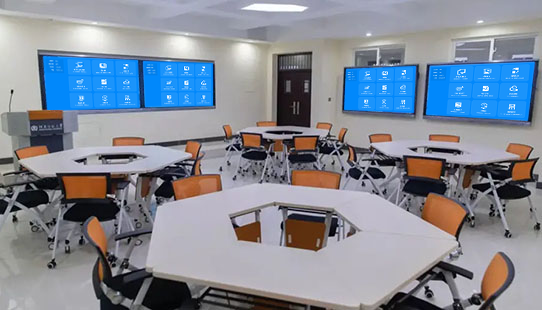Multi-Screen Collaboration: Efficient Cross-Device Linkage Solution
The multi-screen collaboration solution breaks down barriers between mobile phones, computers, tablets, and large screens, transforming these devices from “standalone tools” into “collaborative workhorses.” It enables more flexible content sharing and functional complementarity, significantly boosting efficiency in office, teaching, and creative work scenarios.
Seamless Device Interconnection, Zero Collaboration Barriers
Whether it’s Android/iOS mobile phones, Windows/macOS computers, tablets, or smart large screens—all devices can automatically recognize each other once connected to the same network. Pairing is completed with a simple QR code scan or tap, establishing a collaborative connection within 3 seconds. There’s no need to distinguish between brands or models, and both new and old devices are compatible.
After connection, “two-way communication” is achieved between devices:
- On-site photos taken with a mobile phone can be directly dragged into a computer document.
- Draft plans on a computer can be easily pushed to a tablet for annotation.
- Content displayed on a large screen can also be synchronously saved to a mobile phone.
No USB drives or file transfer tools are needed as intermediaries, eliminating the hassle of repeated exporting and importing.

Core Collaboration Features, Adapted to Practical Needs
1. Cross-Screen Content Flow
Supports “one-to-many” and “many-to-one” casting:
- In offices: A computer can cast a plan to a large screen while simultaneously pushing a copy to colleagues’ tablets, allowing everyone to add annotations and modifications independently.
- In teaching: Teachers can cast courseware to the main screen, with students’ tablets receiving the content synchronously. Questions annotated by students can be cast back to the main screen in reverse, enabling more direct interaction.
2. Cross-Screen Control & Complementarity
- Use a tablet as a “second screen” for a computer to expand the work interface: Write a report on the computer while searching for information on the tablet.
- Control a mobile phone via a computer: Reply to client messages and save files received on the phone directly on the computer, avoiding frequent device switching and maintaining focus.
3. Multi-Screen Synchronous Annotation
During meeting discussions, multiple people can annotate the same document on different devices: One person marks key points on a computer, another modifies charts on a tablet—all annotations are synchronously displayed on the large screen in real time. There’s no need to pass devices around, making the collision of ideas more efficient. Finally, all annotated content can be saved to a shared folder with one click.
In-Depth Adaptation to Multiple Scenarios, Doubling Efficiency
1. Office Collaboration
When a team works on a project, members divide tasks across devices:
- One person builds the PPT framework on a computer.
- Another takes material photos on a mobile phone.
- A third designs illustrations on a tablet.
All content is summarized on the large screen in real time, keeping everyone updated on progress. During remote meetings, a mobile phone casts on-site images, a computer casts plan details, and the large screen integrates and displays both—allowing remote colleagues to participate in discussions clearly.
2. Teaching Collaboration
- Teachers explain theories on a computer while a tablet synchronously plays experimental operation videos; the large screen integrates both types of content, helping students understand more thoroughly.
- During group assignments, team members search for information and draft ideas on their respective tablets. Results are summarized and cast to the large screen for joint revision and refinement—no need to copy files one by one, accelerating the collaboration pace.
3. Creative Work
- Designers create initial drafts on a computer, refine details with a stylus on a tablet, and display the overall effect on a large screen in real time. The three-screen linkage allows focus on local modifications while controlling the overall style.
- Photographers import photos from cameras to a computer, select images on a mobile phone, adjust colors on a tablet, and preview the final effect on a large screen. Division of labor across devices makes the creative process smoother.
Administrators can remotely manage device collaboration permissions—setting which devices can share content and whether reverse control is allowed—to avoid irrelevant interference. Devices are ready to use once connected to the network, with no complex wiring required, simplifying daily maintenance. Multi-screen collaboration leverages the strengths of each device, enabling efficient linkage with greater peace of mind.
